Static and Dynamic Balancing
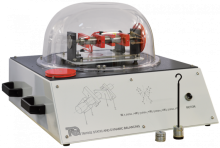
Benchtop apparatus for experiments in balancing a rotating mass system, statically and dynamically.
A bench-mounting model four-cylinder engine that shows primary and secondary forces and moments in reciprocating masses and how to balance them. This product is an excellent follow-on from the Static and Dynamic Balancing equipment (TM1002).
A robust support pillar fixes to a suitable table or bench with a low natural frequency. The pillar holds a cantilever that holds a model four-cylinder engine. The model engine has a crankshaft, connecting rods, bushes (as big-end bearings), pistons and a cylinder block. A separate Control and Instrumentation Unit (included) controls a motor that turns the engine crankshaft. The crankshaft has adjustable sections. Students can rotate each section relative to the others to change the crank angles. To avoid affecting the experiments, TecQuipment balance the crank sections for all crank angles, even allowing for the connecting rods.
The crankshaft includes a sensor that works with the Control and Instrumentation Unit to measure and display engine speed. It also helps to give a trigger output at the top dead center of the first piston. Each piston includes a tapped hole to allow students to add weights (included) to vary its mass.
The supporting pillar fixes to a workbench, so the engine’s center of mass is on the cantilever axis. Strain gauges on the cantilever detect the bending and torsional strains. The gauges connect to the Control and Instrumentation Unit that calibrate and process their signals and give outputs for the oscilloscope (OS1).
Students first find the engine’s resonant speeds. They then experiment with different engine arrangements to understand balancing and how to allow for unbalanced reciprocating masses.
A removable transparent guard with a safety interlock protects students from the moving crankshaft.

Benchtop apparatus for experiments in balancing a rotating mass system, statically and dynamically.
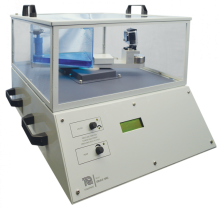
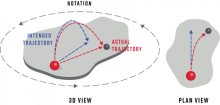
A highly visual demonstration of the Coriolis Force on a jet of water.
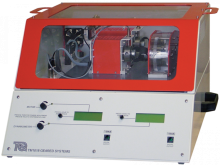
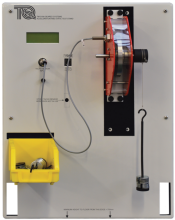
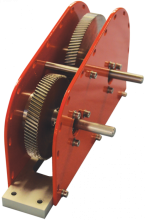

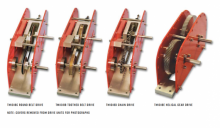
An experimental unit to allow students to find the dynamic efficiency of various drive types. The unit comes complete with a gear drive unit which can be configured as a simple or compound drive.
